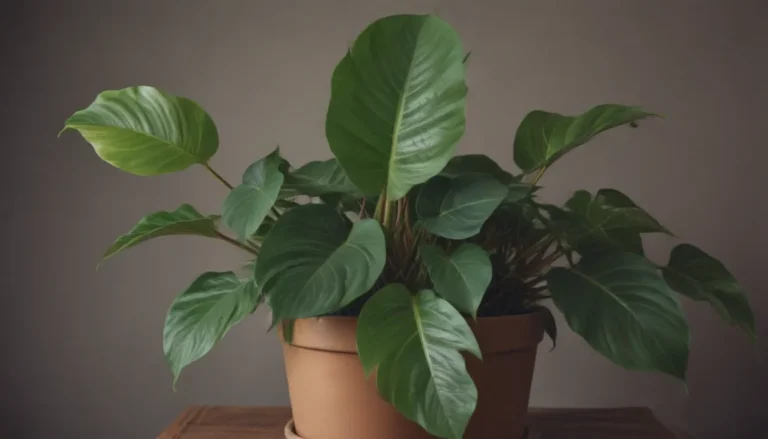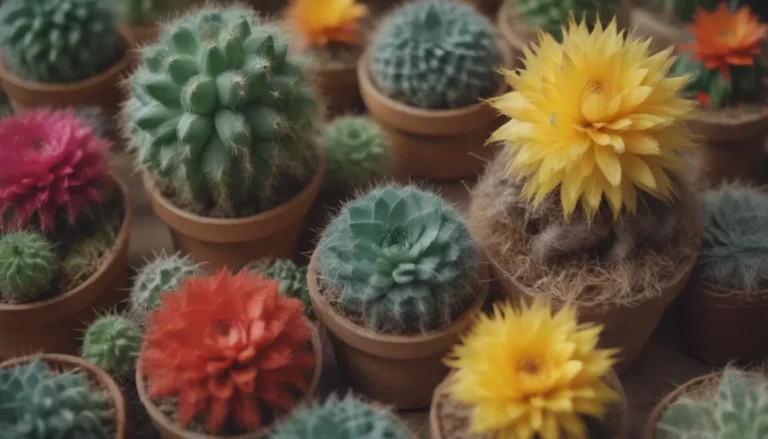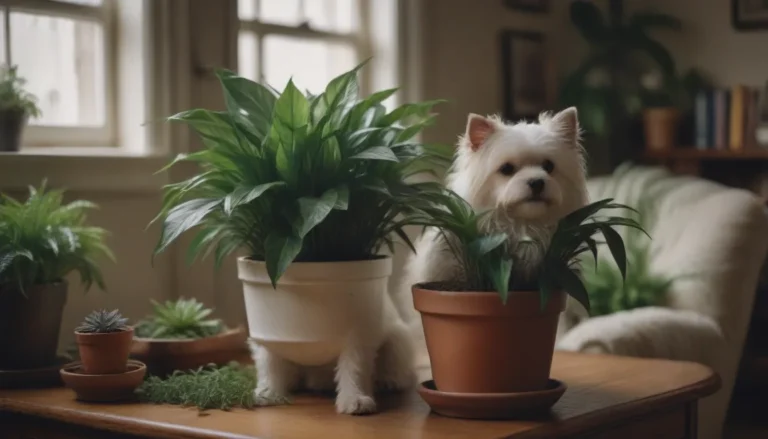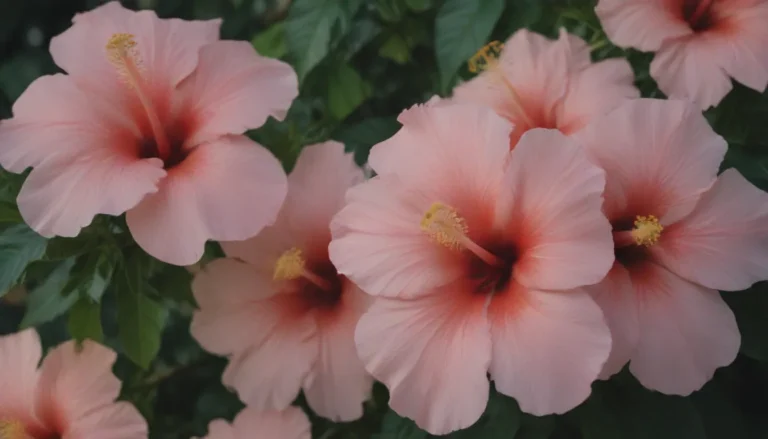Transform Your Garden with These 15 DIY Compost Bin Plans

Are you looking to enrich your garden soil and reduce food waste in a sustainable way? Consider building your own compost bin! Not only is this a budget-friendly alternative to purchasing one, but it also allows you to take control of your composting process.
Composting is a simple yet rewarding practice that involves mixing green waste (such as fruit, vegetables, eggshells, and coffee grounds) with brown waste (like dry leaves, sticks, cardboard, and newspaper) to create a nutrient-rich mixture that can benefit your plants and soil. There are numerous materials you can use for DIY compost bins, ranging from pallets and wire fencing to plastic totes and straw bales. The possibilities are endless!
In this comprehensive guide, we will explore 15 DIY compost bin plans that you can easily create at home. Whether you’re a beginner looking to start small or a seasoned composter ready for a more advanced project, there’s something for everyone. So roll up your sleeves, grab your tools, and let’s get started!
Under $5 Worm Bin
Creating a worm bin is a fantastic way to dip your toes into the world of composting, especially if you have limited space. With just a couple of 5-gallon buckets, a drill, and some golden dirt, you can set up a functional worm bin for less than $5. This project from Attainable Sustainable will guide you through the process of building and filling your worm bin, as well as provide tips on expanding it in the future.
Key Features:
– Affordable and space-saving
– Easy to set up and maintain
– Ideal for beginners and small-scale composting
Trash Can Compost Bin
For those looking for a quick and budget-friendly way to kickstart their compost pile, a trash can compost bin is the perfect solution. With a plastic trash can and a few other materials, you can have a compost bin ready to go in less than an hour. This project from The Spruce is beginner-friendly and requires minimal effort.
Key Features:
– Quick and easy setup
– Low-cost and beginner-friendly
– Perfect for small yards or apartments
Pallet Compost Bin
If you’re seeking a more permanent composting solution without breaking the bank, a pallet compost bin might be right up your alley. This DIY plan from Mike’s Backyard Nursery utilizes wood pallets and basic hardware to create a sturdy and affordable compost bin. With some additional hardware and a handle, you’ll have a functional composting system in no time.
Key Features:
– Affordable and durable design
– Utilizes free or inexpensive pallets
– Provides a consistent composting area
Wooden Compost Bin
Serious about composting and want a long-lasting solution? Look no further than this wooden DIY compost bin from Practically Functional. Featuring a hinged lid for easy access, hardware cloth for air circulation, and a bottom access panel for harvesting finished compost, this bin has it all. Sturdy and reliable, it’s perfect for those who are committed to composting on a larger scale.
Key Features:
– Sturdy construction for lasting durability
– Convenient features for easy access and maintenance
– Ideal for advanced composters
Wire Fence Compost Bin
If you have space outdoors and want to create a secure compost pile, a wire fence compost bin is a practical choice. This plan involves using inexpensive chicken wire or other fencing materials to enclose your compost pile. You can customize the size of the bin based on your available space, making it a versatile option for any garden.
Tote Compost Bin
Looking for a simple and kid-friendly composting solution? A plastic tote compost bin might be just what you need. With some holes drilled for air circulation, a large tote can serve as a compact and effective composting system. This project from Just Call Me Homegirl is not only easy to set up but also a great way to get the whole family involved in composting.
Key Features:
– Child-friendly design
– Compact and versatile
– Encourages family participation in composting
Straw Bale Compost Bin
For a customizable and cost-effective compost pile, consider using straw bales to enclose your composting materials. This approach allows you to adjust the size of the pile as needed and provides insulation to expedite the composting process. As the straw breaks down, it integrates seamlessly into the compost, making this a sustainable and efficient option.
DIY Compost Tumbler
Want a convenient way to turn your compost and expedite the decomposition process? A DIY compost tumbler is the answer. This plan from Kinda Crunchy Kate demonstrates how to create a rotating compost bin using an old barrel and sawhorses. Tumbling the compost helps mix materials evenly, control odors, and accelerate decomposition, making it a valuable tool for avid composters.
Plastic Storage Container Compost Bin
Looking for a unique twist on the traditional compost bin? Try creating one out of a plastic storage container. By drilling holes on all sides and incorporating wire mesh or hardware cloth to keep pests out, you can effectively manage your compost pile in a contained environment. This method also allows for easy collection of excess liquid that may seep out of the compost.
Dig-and-Drop Composting
When it comes to using compost in your garden, the dig-and-drop method offers a simple and efficient solution. By digging a hole and adding composting materials directly into the soil, you can enrich the earth and promote plant growth naturally. This hands-on approach requires minimal effort and yields immediate results, making it an excellent choice for gardeners of all levels.
Trench Composting
For gardeners with rows of plants, trench composting provides a practical way to incorporate compost into the soil. By digging a shallow trench alongside your plants, filling it with compostable materials, and covering it with soil, you can create a localized nutrient-rich zone that benefits your crops. This method is especially useful for vegetable gardens with evenly spaced rows.
Hot Composting
Looking to speed up the composting process and maximize microbial activity in your pile? Hot composting is the way to go. By creating a compost bin that is at least 4 feet by 4 feet and positioning it in full sun, you can generate heat and accelerate decomposition. This method is ideal for those who want to produce compost quickly and efficiently.
Old Dresser Drawer
If outdoor composting is not an option for you, consider indoor composting on a smaller scale. An old dresser drawer can be repurposed into a compact and stylish composting vessel. By adding a hinged top and utilizing proper ventilation, you can create a functional indoor compost bin that fits seamlessly into your home decor.
Bokashi Bucket
Interested in a composting method that rapidly converts organic materials into nutrient-rich soil? Bokashi composting harnesses the power of microorganisms to break down waste quickly. While you can purchase commercial bokashi kits, creating your own composter is simple with two 5-gallon buckets and a drill. By perforating the bottom of one bucket and nesting it inside the other, you can easily manage your composting process.
DIY Compost Screen
Before using your compost in the garden, you may want to sift out any large chunks that haven’t fully decomposed. A DIY compost screen provides an easy and affordable solution. By constructing a frame out of lumber and attaching hardware cloth to all sides, you can sift your compost before application, ensuring a uniform and nutrient-rich mixture for your plants.
Tips for Using a DIY Compost Bin
As you embark on your composting journey, keep these tips in mind to optimize your results:
- Best materials to include: Fruit and vegetable scraps, coffee grounds, eggshells, dry leaves, cardboard
- What not to use: Meat, dairy, oils, pet waste, diseased plants
- Green vs. brown composting materials: Mix green (nitrogen-rich) and brown (carbon-rich) materials for optimal decomposition
- Layering compost: Alternate layers of green and brown materials to facilitate decomposition
- Hot vs. cold composting: Hot composting requires turning the pile frequently to accelerate decomposition, while cold composting relies on slower microbial activity
- Adding worms: Vermicomposting adds beneficial worms that enhance the composting process
In conclusion, composting is a rewarding and sustainable practice that benefits both your garden and the environment. By following these DIY compost bin plans and tips, you can create a customized composting system that suits your needs and helps you achieve lush, healthy plants. Whether you’re a novice composter or a seasoned gardener, there’s a composting solution for everyone. So roll up your sleeves, get creative, and start composting today!





